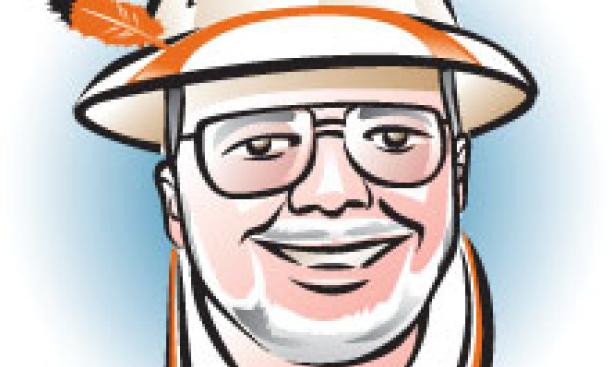

Familiarity breeds content.
– Anna Quindlen
It’s always good for you, the Ardent Historian, to have something substantial to chew on over the summer as Your Favorite Periodical enters its annual slow epoch (quantitatively, anyhow), and this year we have the perfect opportunity: You can argue interminably with all your classmates and Tiger buds about the virtues and vices of choosing an insider for the University’s presidency. By the time Chris Eisgruber ’83 is installed in the fall – an unfelicitous phrase that makes the accomplished academic sound something like a set of snow tires – we all will have engaged repeatedly in the usual what-ifs regarding the choice of an undergraduate alumnus (let’s say UA) to the post. (We’ll just assume that a large assortment of grad-school alumni will have realized by now that he’s the first Princeton president in 111 years without a Ph.D., and have expired from apoplexy on the spot.) Since 1972, that what-if game has been conducted from the opposite side of the fence, regarding a new prez who didn’t spend undergraduate time on campus. Given that extensive interval, we’d better perform our due diligence and review the track record of our prior UA CEOs to see where the juicy issues may lie for our semi-new regime.
Let’s start with the surprising basics and go from there. Of Princeton’s 19 presidents before Eisgruber, only seven have been a UA. In the very early days (the first five presidents were named in the College’s first 15 years) they really couldn’t be UAs, but even over the last 145 years, Princeton has had UA leadership for only 43. So in one way, the control group is almost too small and distant to use as an adequate predictor, although there’s certainly a suspicion that vociferous classmates are always a challenge to any UA president’s state of mind: In the controversy over coeducation, Bob Goheen ’40 *48 was less than pleased with the personal carping of some of his classmates, who didn’t appreciate his change of heart and the University’s new direction.
That problem was likely minimal in the first case of UA leadership, that of Samuel Stanhope Smith 1769. Not only did he have just 20 classmates, but he had a convenient father-in-law: John Witherspoon, his predecessor as president for 26 years and esteemed Revolutionary hero. A brilliant educator – the hiring of John Maclean Sr. as the nation’s first chemistry professor is a prime example – Smith was less adept at evading politics, and as Hamiltonian Old School Presbyterian alumni grew in trustee power and became alarmed by Jeffersonian secular-focused students, he got caught in the crossfire and was canned after 18 years in 1812.
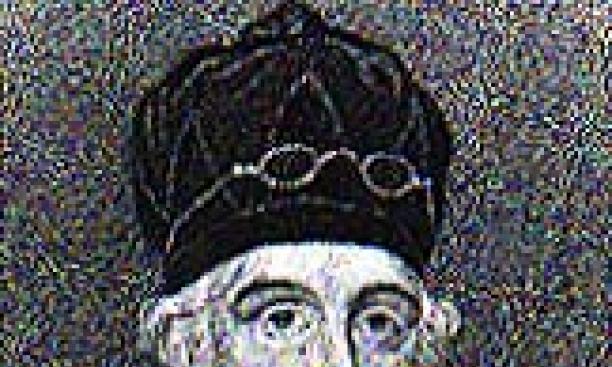
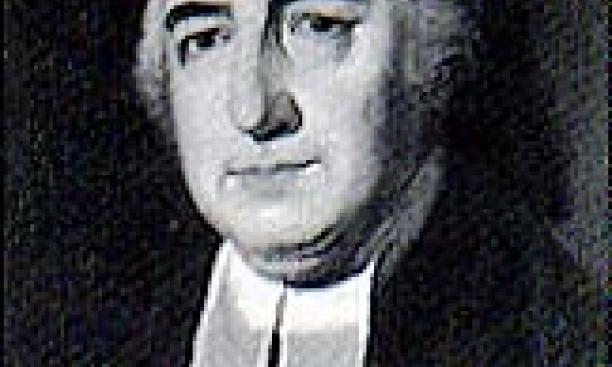
His successor, Ashbel Green 1783 (one of the Old Schoolers), had been the valedictorian who pontificated to George Washington and the Continental Congress at his own Commencement and, to be blunt, he continued to behave like God’s gift to man. While the College underwent continued financial stress, Green instituted rigid new behavior rules, got Maclean Sr. fired, and spent his free summers fundraising – for his baby, the brand-new Princeton Seminary, not the College. Eventually, even the stuffed-shirt trustees couldn’t take those priorities, and tossed him out in 1822 as the school spiraled downward.
After a couple of pathetic false starts, they then brought in James Carnahan 1800, a nice-enough preacher and headmaster who had not been involved with Princeton for 17 years. He arrived to a seething mess (especially among the obnoxious trustees) and brought to it rampant ennui. John Maclean Jr. 1816 – yes indeed, the son of the previously fired JM Sr. and a 23-year-old professor (!!) when Carnahan was named, urged the new president to stay when he wanted to resign, but five years later the total student body was down to 80, right back where Smith had been 60 years before, in 1769. Faced with the College’s imminent demise, Maclean by sheer force of will created the Alumni Association of Nassau Hall, with himself as secretary and (crucially) James Madison 1771 as president, and took the cause to the wider alumni body outside the trustees. In turn, they set up a fund to hire distinguished faculty. By 1829 the College began to turn around, and the trustees began to consider Maclean (now an old man of 29) as president. He urged them instead to keep Carnahan at the helm, and so they dubbed Maclean vice president (whatever that was on a six-person faculty) and essentially made him responsible.
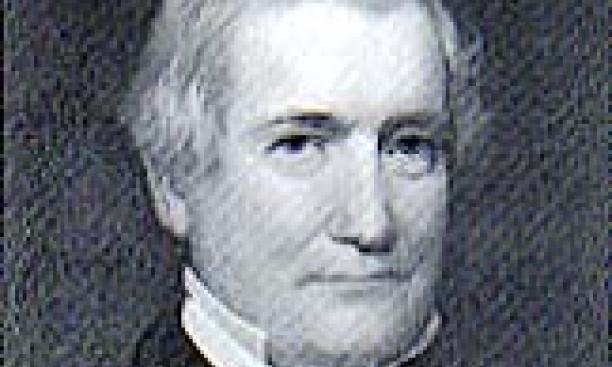
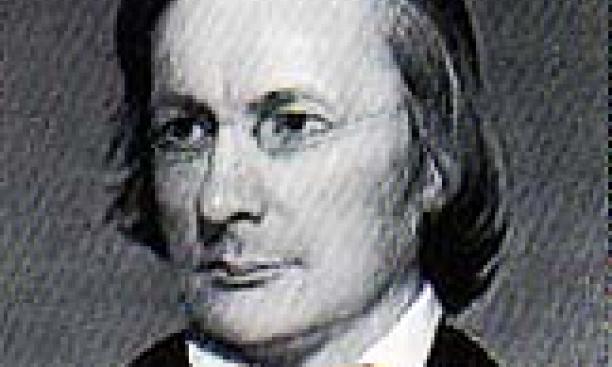
The dynamic duo stayed in place for 25 years – longer than the subsequent period between the two world wars – with Maclean running the College and generating ideas from the VP spot and Carnahan presiding at Commencement and, uh … . Anyway, Carnahan hung around until 1854, astonishingly making him at 31 years the longest-tenured president in Princeton’s history. Then he turned the place over to Maclean, already the savior, just in time for Nassau Hall to burn in 1855 and for the Civil War to tear Princeton apart. Exhausted by the end, Maclean retired in 1868, gladly yielding to the great divine and scholar James McCosh, but at least knowing that he had rescued Princeton, virtually single-handedly at times, from a miserable end. Maclean lived on until 1886, aged 86, as the most beloved Princetonian – amid town and gown – of the 19th century.
So the first 74-year period of continuous UA supervision gave us a visionary, a prig, a cipher, and a loyal resuscitator, hard to pin down to a pattern and likely, in combination, worthy of a three-decade hiatus: exactly what occurred.
And then came Woodrow Wilson 1879. More a force of nature and public figure than a professor by his ascendance in 1902, he succeeded the disorganized Francis Landey Patton (our most recent non-Ph.D. prez) and hit the ground fully intending to transform the Princeton he knew so well. He organized academic departments to focus the faculty, created the precepts and preceptors to change undergraduate study and teaching all at once, attacked the clubs, went to war with Andrew Fleming West 1874 over the site of the crucial incipient Grad College, and when he stalked out after only eight years on his way to White House left huge accomplishments, rampant infighting, and a pile of unfinished ideas, projects, and goals.
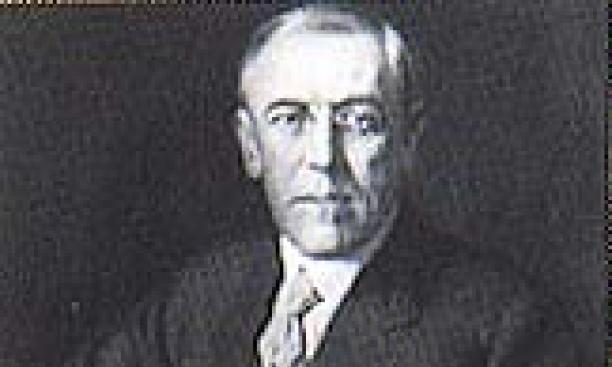
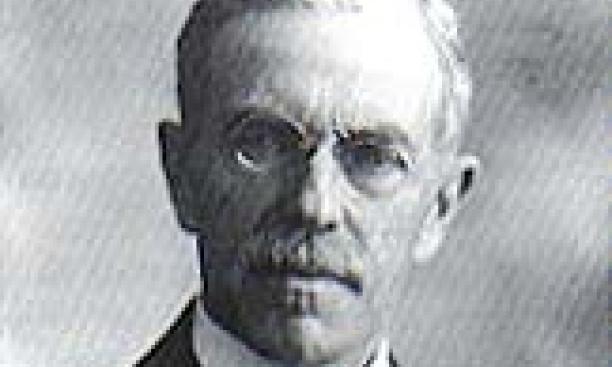
All of which descended on John Grier Hibben 1882 *1893. He was not the dynamic leader of the faculty – that would have been Henry Burchard Fine 1880, a Wilson ally – but instead the acknowledged fairest senior man on campus. Teacher of logic, psychology, and the Bible, both an ordained minister and a Ph.D., he inserted himself as the great conciliator between the pro- and anti-Wilson factions and over an arduous 20 years got them to play nicely together. After the upset of World War I he continued Wilson’s academic advances, ratcheting up the undergraduate program to include the Four Course Plan and, thus, the thesis, now a hallmark of the University. And he continued to build the faculty, creating the schools of architecture, engineering, and public and international affairs, which was seen from its beginning as a tribute to Wilson. Hibben built piles of new dorms to bring a large majority of the student body onto campus for the sake of community (in place of Wilson’s Quad Plan), and put new strictures on the clubs and the grad school (and famously, undergraduate automobiles) to ensure their positive contributions as well. His monument, tellingly, is the great University Chapel, an imposingly complex tribute to the complementary nature of man’s faith and his intellect, of Genesis and Darwin, a powerful belief he shared with Smith, Maclean, and McCosh before him. Having inherited a ragged schism in 1912, he left a true University in 1932.
In considering the 30 years of Wilson and Hibben, it has to be concluded that the huge steps taken by both would have been unlikely (especially in the aggregate) from someone new to Princeton, trying to develop constituencies as well as administer. Alumnus Wilson in his sesquicentennial address had declared Princeton in the nation’s service, but that was more true in his mind than in the real College of 1896. Made president, he then declared exactly how he intended to realize that goal, and Hibben completed a huge amount of the heavy lifting. Thus did Princeton head into the shoals of the Depression and World War II with a vision and most of the tools to make it happen.
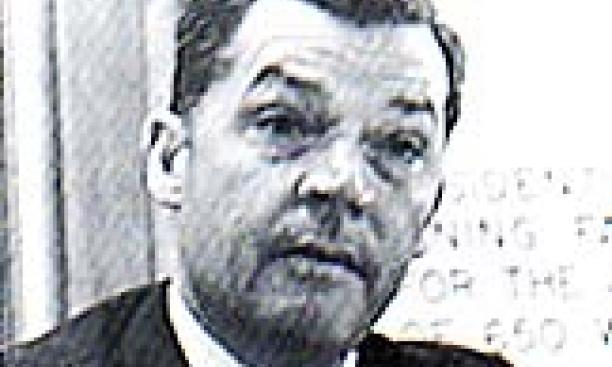
But by 1957 the world was changing again (can you say “Sputnik”?). The trustees’ answer was not only an insider (Princeton UA, Princeton Ph.D., Princeton professor), but Bob Goheen ’40 *48 came as a precertified change agent – the substantial bicker rehab of 1940 had been called the Goheen Reforms after the brilliant senior ICC chair who spearheaded them. As we’ve discussed here before, he went on to transform Princeton during his 15-year term (facing big-time fundraising, Dirty Bicker, civil rights, Vietnam, and coeducation), toward the service of all genders, races, nations, beliefs, and professions, an expanded worldview that continues to be implemented today (along, to be fair, with Wilson’s, whose colleges were not even partially completed until 1982). In September 1969, Irving Reichner 1894’s song “Just for Princeton” was quoted at the meeting of the first freshman class to include women: “the girl whom in our hearts we all adore is the maiden sweet and winsome who will swear by dear old Princeton … while one fair hand clasps the chrysanthemum.” On leaving the meeting, the 101 women were each greeted with a mum, courtesy of an anonymous UA, and they never forgot it. At this year’s P-rade, the women of ’73 in turn each gave Shirley Tilghman a mum in honor of her 12-year presidency. And all of these folks, without thinking much about it, were in fact honoring Bob Goheen as well.
Of the four presidents who have fundamentally changed Princeton and forcefully driven it forward (the traits seem indivisible), two fascinatingly were Witherspoon and McCosh, both fresh from Scotland; the other two were UAs Wilson and Goheen, straight from the faculty. In other words, from way outside or way inside. Chris Eisgruber, another insider, is off to an intriguing start – his new provost, David Lee *99, was director of the Industrial Relations Section, whose legendary former leader for decades, J. Douglas Brown ’19 *28, was Goheen’s choice during the tumultuous ’60s as Princeton’s first provost. And so we begin again.
The plaintive summer withdrawal of Ardent Historians everywhere from Your Favorite Periodical being of continuing concern, we also in July habitually recall for your barbequing and concoction-with-little-umbrella-imbibing pleasure our varied and various “Rally ’Round the Cannon” columns from the last academic year, featuring as always the sweep of centuries and a mesmerizing cast of thousands – including yourself, of course.
